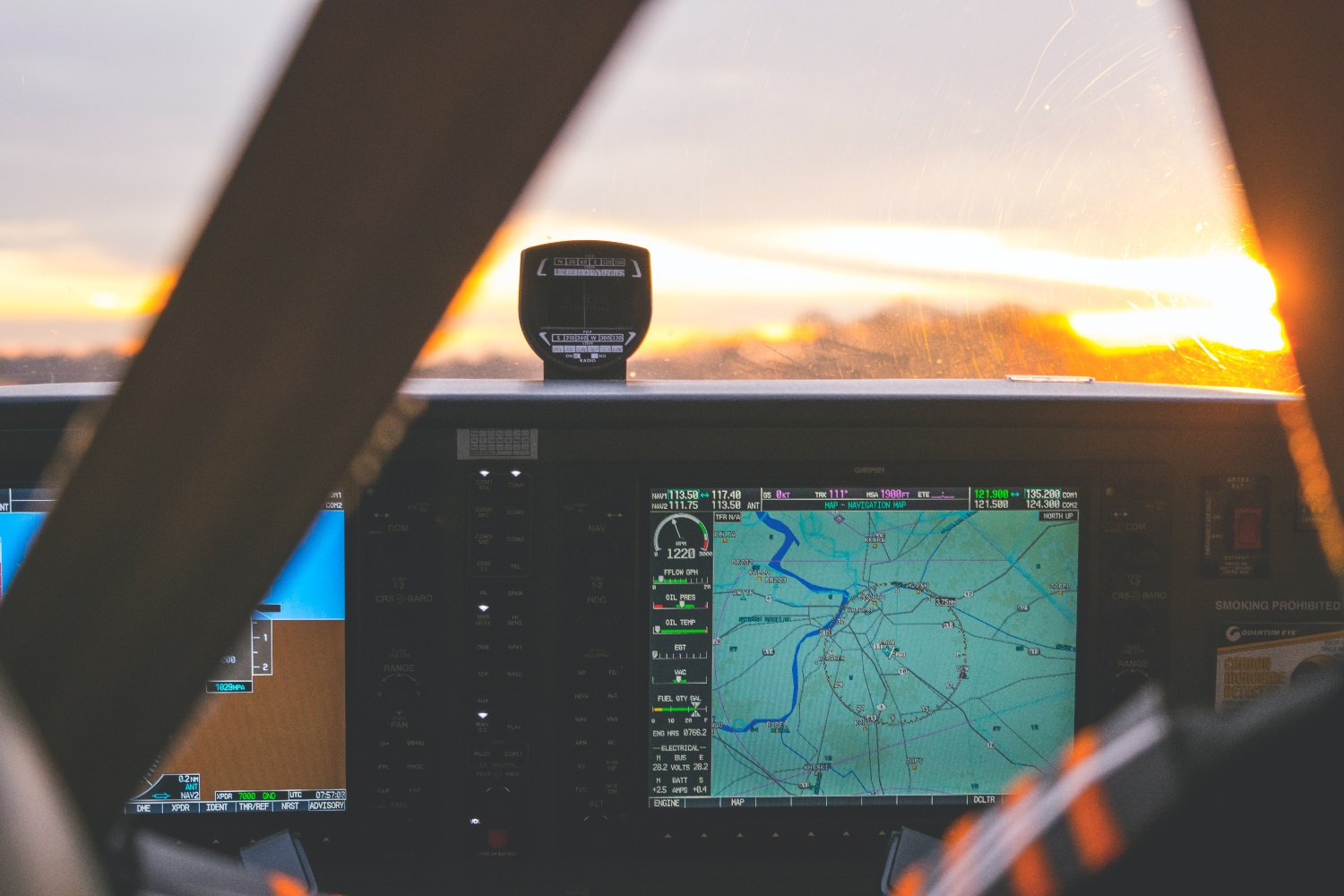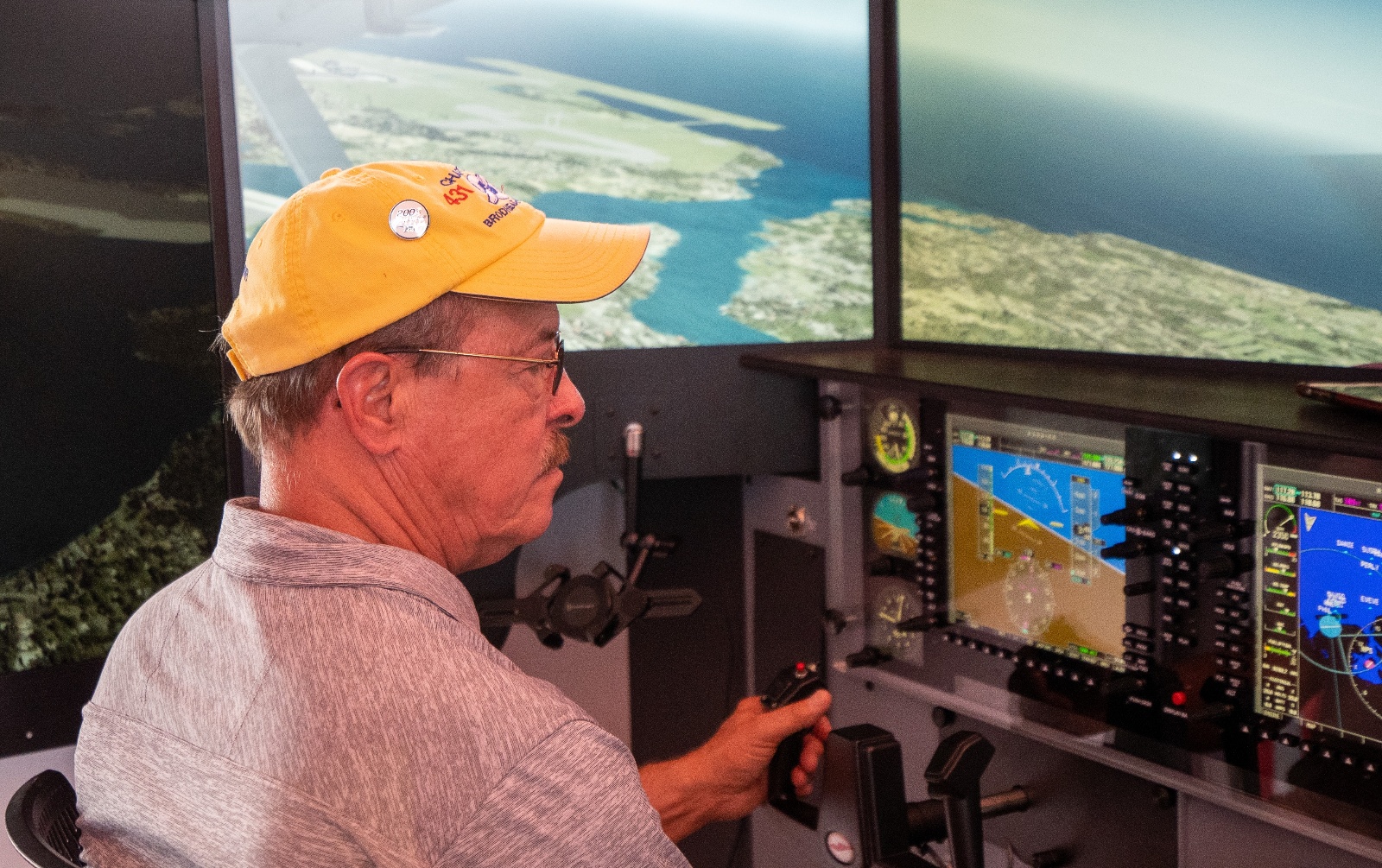Seeing the Future -- FAA's UAS Pathfinder Program
It was clear some time ago that unmanned aviation systems would offer many valuable commercial and civilian government opportunities. What our military leaders embraced for use on the battlefield most certainly has many applications beyond combat. The challenge, of course, is how to safely integrate these remarkable flying machines into the national airspace.
While considerable focus has been placedon the explosion of small unmanned aircraft - and for good reason - there has been an important FAA initiative underway to look at how to safely accelerate the use of unmanned systems here at home. FAA Administrator Huerta launched the UAS Pathfinder Program this past May, saying, "Even as we pursue our current rulemaking effort for small unmanned aircraft, we must continue to actively look for future ways to expand non-recreational UAS uses. This new initiative involving three leading U.S. companies will help us anticipate and address the needs of the evolving UAS industry."
One of the three projects involves BNSF Railroad and Insitu (a Boeing Company) demonstrating the benefits of flight beyond line of site for the purpose of inspecting railroad tracks. The unmanned aircraft being utilized is Insitu's ScanEagle. Today, over 2,000 of these aircraft have logged over 850,000 hours of flight time on primarily military missions. The results achieved by the ScanEagle program suggest there is much they can contribute in the civilian and commercial arena.
 I was pleased to be invited out to meet the team from Insitu that traveled to New Mexico for a week to demonstrate the ScanEagle's capabilities. BNSF and FAA officials were present during the week to evaluate the operation.
I was pleased to be invited out to meet the team from Insitu that traveled to New Mexico for a week to demonstrate the ScanEagle's capabilities. BNSF and FAA officials were present during the week to evaluate the operation.
Insitu's president and CEO, Ryan Hartman. summed up the effort this way, "We are honored to partner with BNSF and the FAA to explore how our technology can extend the capabilities of manned resources to support the safety of critical infrastructure and the people charged with inspecting those assets. Our systems have been flying globally for more than a decade, and these operations are a positive opportunity to further inform the conversation surrounding the safe integration of unmanned aircraft into the national airspace.
Perhaps what is the most impressive is the degree of planning that goes into each flight. It was great to watch firsthand the team of people assemble to perform their special individual tasks...it may be a small aircraft, but it takes a very professional and talented team to conduct a safe and flawless operation.
For just a moment during the day, most of the team came outside and I was able to get a photograph....

A good deal of the time is spent carefully reviewing weather and other reports, as well as coordinating with air traffic controllers in the area.

While the team inside is at work, a specialist assembles the ScanEagle and fuels it for flight...

The mission for the day is to fly about 50 miles in one direction, return and then do another 50 miles in the opposite direction...all of this at just over 1,000 feet above the ground with the railroad tracks below. Like any good flight plan, it is carefully plotted.

With the ScanEagle assembled and fueled, it's time to travel to the launching device....

And, it's placed on the launcher...notice, the ScanEagle does not need an airport to take off...nor, does it need one for recovery.

While we were all set, the team pondered the weather that just would not lift and we were continuing to see scattered light rain showers.
Just a few weeks ago, I had the opportunity to see the ScanEagle takeoff, fly and return to be recovered. It is very ingenious and it works pretty much anywhere, even on ships. To watch a video of an entire operation and see the launch as well as a recovery, just CLICK HERE.
While every day of the week in New Mexico had been clear and all of the flight operations had been accomplished, on the last day the weather prevented a flight.
What I found impressive was the professionalism of the whole team. While they were ready to go, they were committed to live within the restrictions imposed by the FAA which had granted authority to fly the demonstration flights...and, the rules said that there will be no flight into precipitation. While the aircraft had no issues with the weather in the area, the launch was called off to avoid any possibility of violating the limitations of the operating certificate.
The work starts now to evaluate the results from the week. There can be no doubt that an aircraft like the ScanEagle and the Insitu team can make many contributions. Already this year, they've been involved in firefighting in the State of Washington proving their unique ability at directing chemical drops on fires.
The future for sophisticated unmanned aircraft is exciting and the FAA's UAS Pathfinder Initiative is making an important contribution by demonstrating how this future can be safe and productive for all of us.
Share this
You May Also Like
These Related Articles

An Interview with the Host of Winging It

The Pros and Cons of Learning to Fly With a Glass Cockpit
